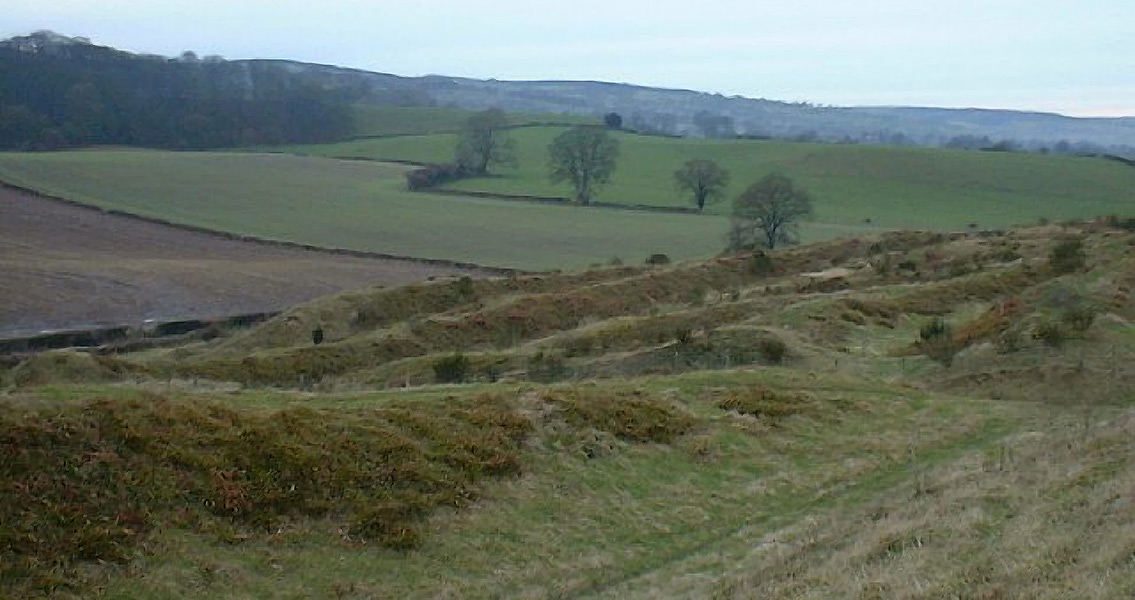<![CDATA[An ancient hill fort dating back to the Iron Age in Shropshire, England, finds itself weathering one last siege as property developers have plans to begin construction adjacent to the 13-acre wide historic site. The impressive earthworks that comprise Old Oswestry Hill Fort are thought to date back at least 3,000 years, archaeologists say. In addition, it’s considered to be the birthplace of Queen Ganhumara, the historical basis for Queen Guinevere from the Arthurian legends. While the expansive site itself is protected by British law, the lands just beyond it are not – and Shropshire council is keen to begin developing the otherwise unused land directly along the southern border of the ancient hill fort. To that end, planning permission was granted earlier in June for a development of 117 residential homes along this southern border, despite a petition with 8,000 signatures from local residents expressing their displeasure with the plan and their desire to preserve the land surrounding Old Oswestry Hill. Additionally, prominent archaeologists and historians have banded together to protest the plans as publicly and visibly as they can, leading to an uncharacteristic amount of activism for a group of individuals who traditionally eschew the limelight. Experts such as Dr. Mike Heyworth from the Council for British Archaeology, and University of Oxford archaeology emeritus Sir Barry Cunliffe are leading the charge against the development. Sir Cunliffe in particular has called for a “groundswell of feeling” against the development of land so close to such invaluable historic monuments in the UK, recounting in an interview with the Observer that “there would be nothing really to stop developing land right up to the very boundary of some of our major archaeological sites” if the Old Oswestry Hill Fort development plans aren’t stopped before they establish a dangerous precedent. Dr. Henworth echoed Sir Cunliffe's words, remarking to the Guardian that there are some very real fears that “if this site gets developed, then who is to say that they won’t then be proposing a little bit more, a little bit more, and then the whole of north Oswestry has exploded into a development zone?” The archaeologist added that there were plans in place to attempt to block the housing scheme through legal action, possibly even going over the heads of the English courts and appealing to European Union legislation that protects the status of cultural heritage assets. For its part, Shropshire council says that it has a legal obligation to provide a total of 27,500 new residential dwellings to the county by the end of 2026, and that this development to the south of Old Oswestry Hill Fort is part of the council’s plan to meet that goal. “National planning guidance therefore requires that any impact must therefore be weighed against the public benefits of the proposal,” according to a statement made by a council spokesperson to the Observer. Image courtesy of Wikimedia Commons user: muddibootz ]]>
One Last Battle: 3,000 Year Old Hill Fort Under Siege
